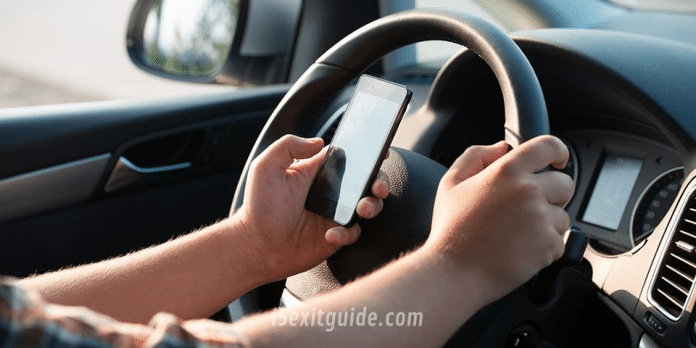The Oregon Senate voted to send a bill to the governor for her signature that will improve traffic safety by expanding the definition of distracted driving.
House Bill 2597 – which passed the Senate today on a 21-8 vote – expands on existing law, in which talking or texting on a cell phone while driving already is illegal, to include other activities such as holding a cell phone to play music while driving.
“We are broadening the scope of what qualifies under the definition of using a mobile communication device while driving,” said Sen. Floyd Prozanski (D-Eugene), who carried the bill in the Senate. “This will help discourage drivers from being distracted by their cell phones or handheld devices and improve traffic safety by reducing a lot of preventable accidents.”
The bill renames the offense of operating a motor vehicle while using a mobile communication device and expands the law. It also increases the penalty for a first offense, as well as penalties for subsequent offenses, and toughens restrictions when the first offense contributes to an accident. According to an Oregon Department of Transportation study, 4,000 car crashes in 2014 were caused by distracted driving. The real number is likely to be higher, since distracted driving is underreported due to self-reporting and limited detection capabilities.
“Distracted driving is today’s drunk driving,” Senate President Peter Courtney (D-Salem) said. “Related injuries and deaths are becoming an epidemic. Until Oregon takes distracted driving as seriously as drunk driving we aren’t going to be able to change behavior.”
In 2007, the Legislature passed a bill making it a Class D violation for a minor to operate a motor vehicle while using a mobile communication device. The law was expanded in 2009 to prohibit any person from operating a motor vehicle while using a mobile communication device. In 2013, the Legislature elevated that offense to a Class C traffic violation. A 2013 Oregon Court of Appeals ruling determined that the law “prohibits talking and texting on a mobile communication device, but not all activities that can be performed using such a device.” This limited the definition to uses such as texting or talking on the phone, but not other distracting activities that can be conducted using a cell phone.
In February of this year, the Distracted Driving Task Force issued a report, including a recommendation that the distracted driving statute be amended to broaden that definition regarding use of a cell phone or handheld device. This bill expands the definition to include all uses of cell phones while driving.
The bill includes several exceptions for forestry or agricultural operations, as well as using devices in the scope of a person’s employment or in emergency situations. It also raises the first offense from a Class C violation to a Class B traffic violation and subsequent penalties rise to Class A traffic violations if they occur within 10 years of the first, or if the first offense contributes to causing an accident.
House Bill 2597 now goes back to the House of Representatives for concurrence.




